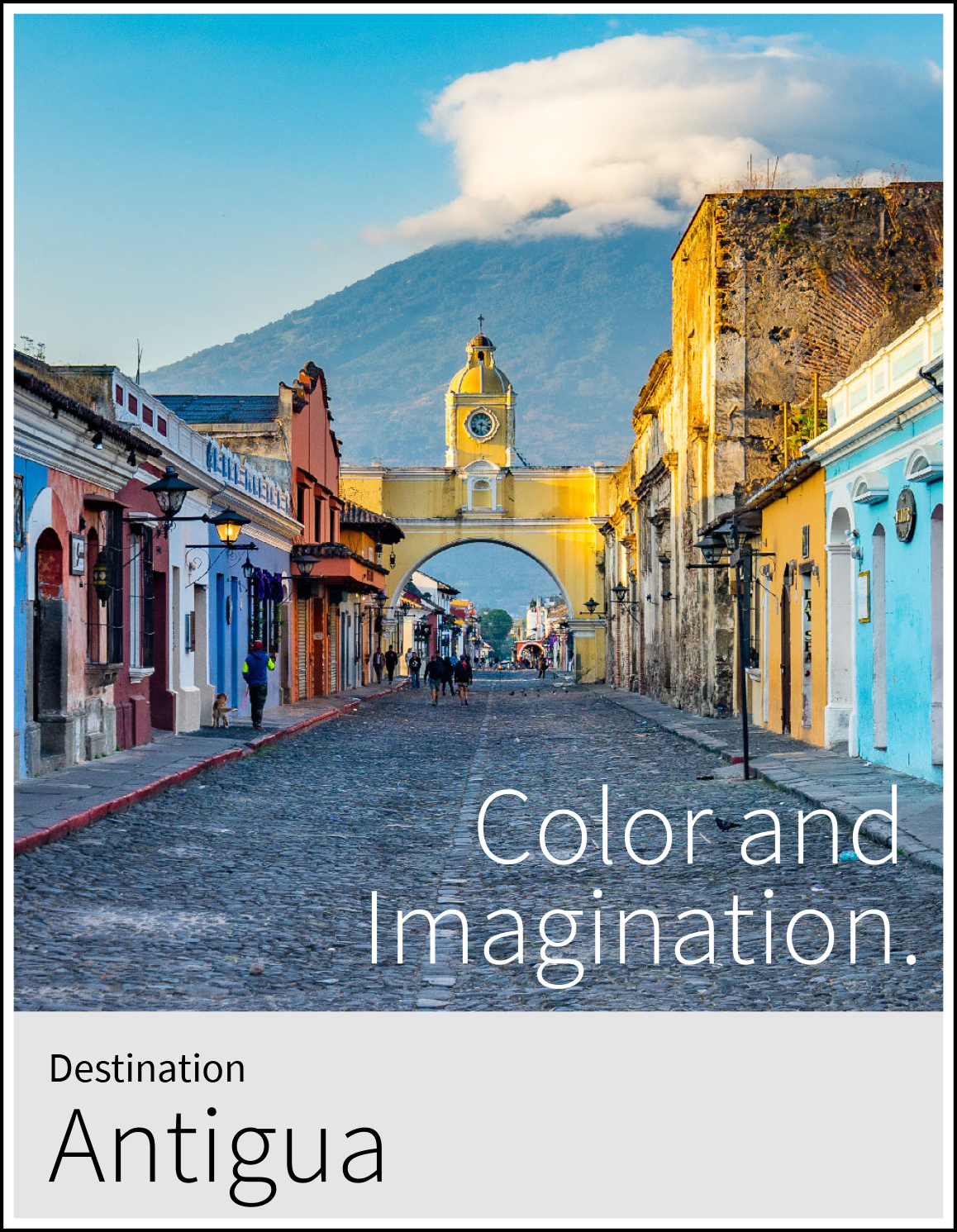Colonial History of Guatemala
Spanish Colonization Antigua Colonial Towns New World Conquistadores Mayan Tribes Alliances Cultural Fusion
Colonial History of Guatemala
Guatemala is the living testimony of a cultural blend. Back in the 16th century, the Americas were colonized by the Spanish. This represented a drastic change to the local cultural groups and its way of living. However, before the Spanish started planting their colony, the dwellers of Guatemala were already quite developed. At the time this part of the continent was discovered by the Spanish, most of the big Mayan cities were abandoned and the remaining native tribes were in constant war. Nothing new for the Maya – probably an advantage for the Spanish!
Historical Facts About the Colonization in Guatemala
In 1524 Pedro de Alvarado came across an interesting civilization hidden in the mountainous region of Guatemala. Somewhat different than the Aztecs, the Maya were not unified as an empire. They were organized in different city-states and this hampered the colonization process. However, Alvarado and his small army came well-armed with weapons that were unknown to the Maya - fire guns, metal swords and horses!
With the help of their allied Mexican warriors, the Spanish crossed ravines and dense forests until they came across the first Mayan tribe – the K’iche in Quetzaltenango. The resistance from the Maya lead to a brutal fight until Alvarado betrayed the K’iche lords and burned them to death. This tragic event made the K’iche kingdom step down and the Spanish were able to move forward and continue their colonization journey.
It was then when they encountered another Mayan tribe – the Kaqchikel in Tecpan. Nevertheless, the approach to this native group was quite different. The new tribe sided with the Spanish allowing them to set base in their Capital known as Iximche. They offered help to defeat the remaining K’iche soldiers and the Kaqchikel’s main enemies the Tz’utujil, in the Lake Atitlan region. However, their alliance didn’t last long and the foreign troops were forced to settle elsewhere.
It was until 1527 that the Spanish could firmly established themselves in Guatemala. They built their first Colonial City, today known as Ciudad Vieja. The Capital began to acquire Spanish characteristics in their structures and became the base for manufacturers supplying arms. Their achievements, again, didn’t last long. Ciudad Vieja was located on the foothills of the majestic Agua Volcano, therefore, it was not the safest spot. Eleven years after the European colonists settled, a destructive mudslide swamped the young Capital.
The survivors were forced to seek out a safer place. In 1543 they discovered Panchoy’s Valley which today is known as Antigua Guatemala. Attracted by its fertile land and beautiful landscapes, the Spanish were convinced that the valley was perfect to rebuild their Capital. They imposed a strong baroque-influenced architecture style and the Catholic church became present. Antigua served for more than 200 years as one of the most important Spanish colonies – while simultaneously the Mayan culture started fading away.
Later in 1773 after surviving several tremors, the former Capital was hit by a strong earthquake that destroyed several buildings and killed hundreds of people. The devastating event left the big City in ruins and the population was forced to relocate once again. After three years of thorough examination, the Capital moved to the Ermita’s Valley – which today is Guatemala City.
Exploring Guatemala feels like you are traveling back in time. The Spanish Colonization left a strong trace in the country - not only cultural, but also physical. Baroque-style churches, thick walls, cobblestone streets and fountains are among the Colonial-time structures that can still be found in Guatemala.
From its outstanding architecture to its beautiful natural surroundings – Experience the splendors of Guatemala, a treasure hidden in Central America.



